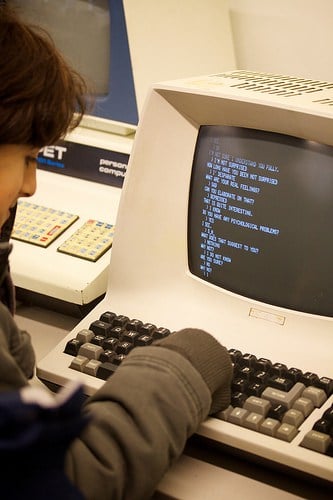
Here’s some additional background on Kulitta:Ī summary of Kulitta by Yale News suggests that Quick’s application has already passed a basic musical Turing test: That’s where the idea of a ‘musical turing test’ comes in. Kulitta’s Etude is certainly musical – it sounds like music we’ve heard before and has immediately recognizable forms that make it clear that this isn’t just random notes or chord progressions.īut are the results really the result of a artificial musical intelligence – or just a computer program that can follow instructions well? Dealing with these layers of musical abstraction depends on creating grammars for modeling and working with music in new ways.Īll this would be irrelevant, though, if the results weren’t musical. Here’s an example of one of Kulitta’s compositions, Etude for piano:

Kulitta works at many of levels of abstraction in stages as a way to mitigate these inherent complexity problems. Music is also very multidimensional and prone to tractability problems. Kulitta is a framework for automated composition, created by Donya Quick at Yale, that can be configured to run as a standalone artificial intelligence for generating music in a particular style.Ī central idea to Kulitta’s approach is the notion of abstraction: the idea that something can be described at many different levels of detail. Music has many levels of abstraction, ranging from the sound we hear to a paper score and large-scale structural patterns. If there was a Turing Test for musical artificial intelligence, a new music composition application, Kulitta, might pass it.

That idea, introduced by computer scientist Alan Turing, has sparked the imagination of many, been a recurring topic of fiction and film (like the recent Ex Machina, above) and led to alternative Turing tests that attempt to identify intelligence in different ways, ranging from chess playing ability to problem solving to creativity. A key concept in the world of artificial intelligence is the Turing Test – the idea that a computer exhibits intelligence when a natural language text discussion with it becomes indistinguishable from a text discussion with a human.


 0 kommentar(er)
0 kommentar(er)
